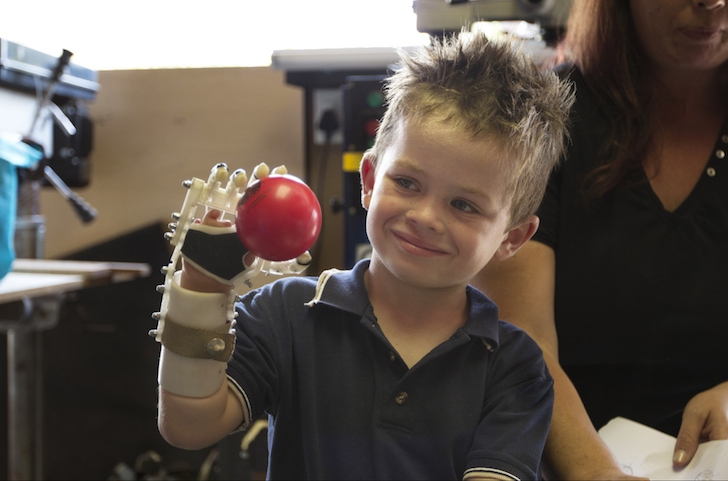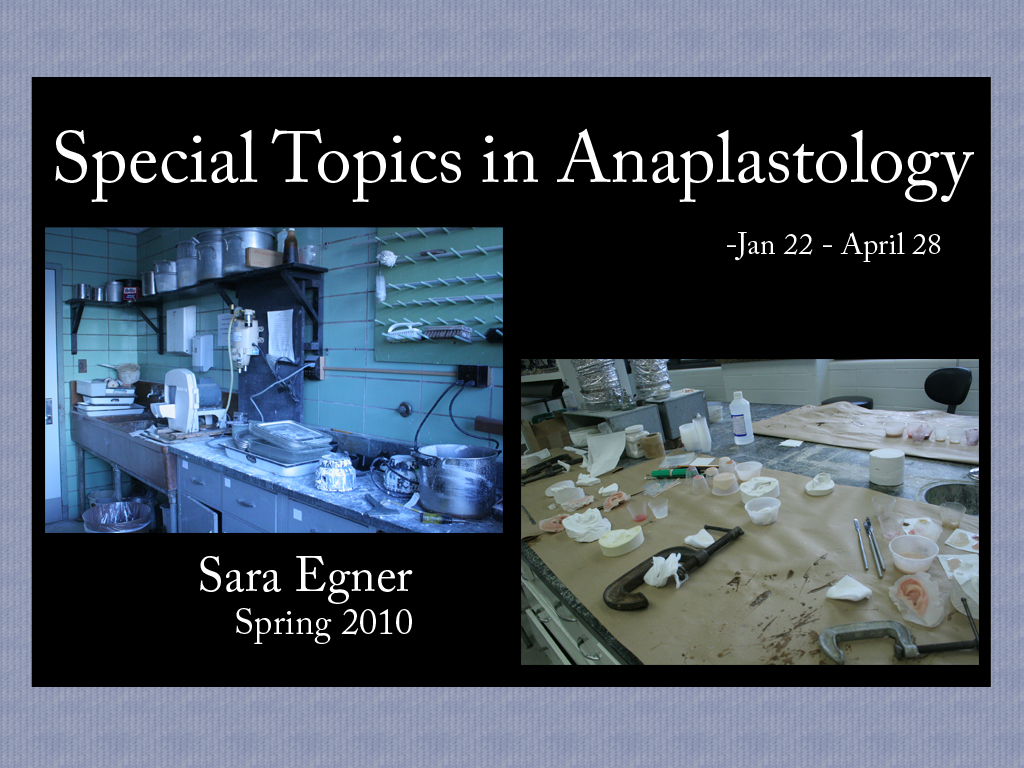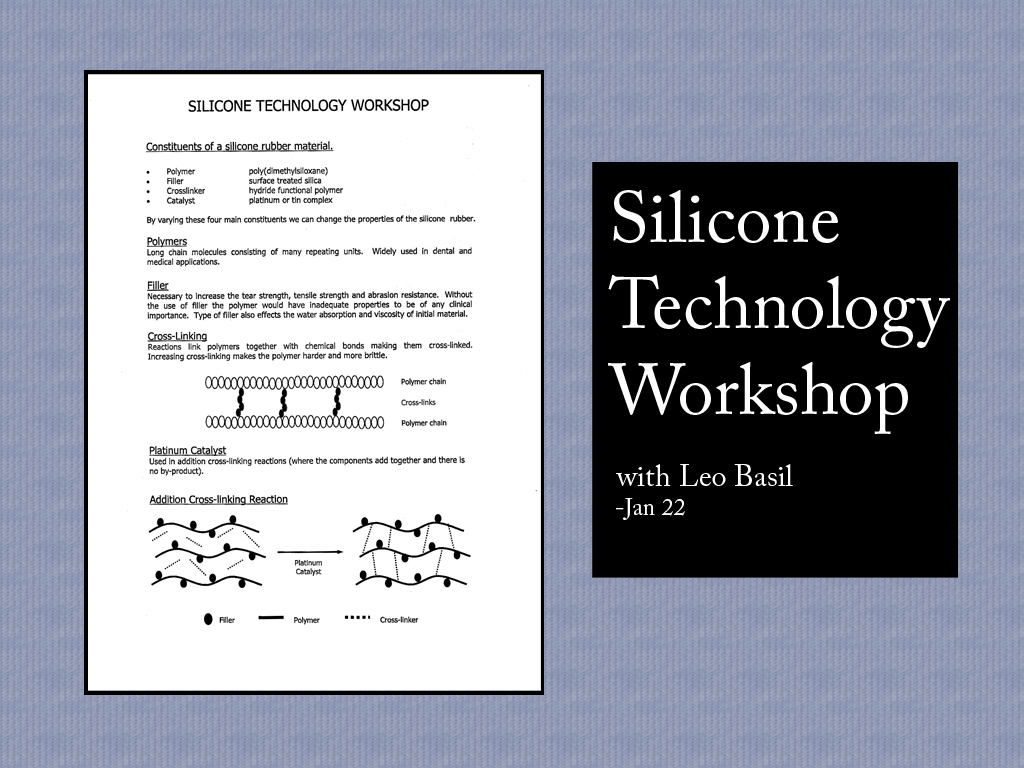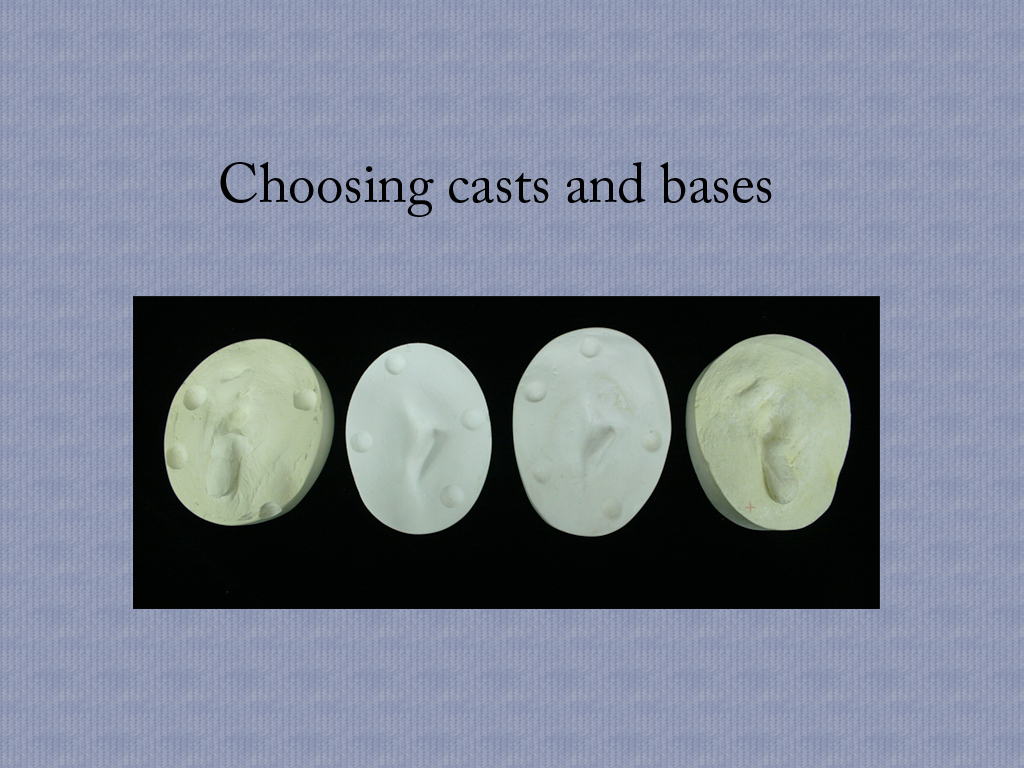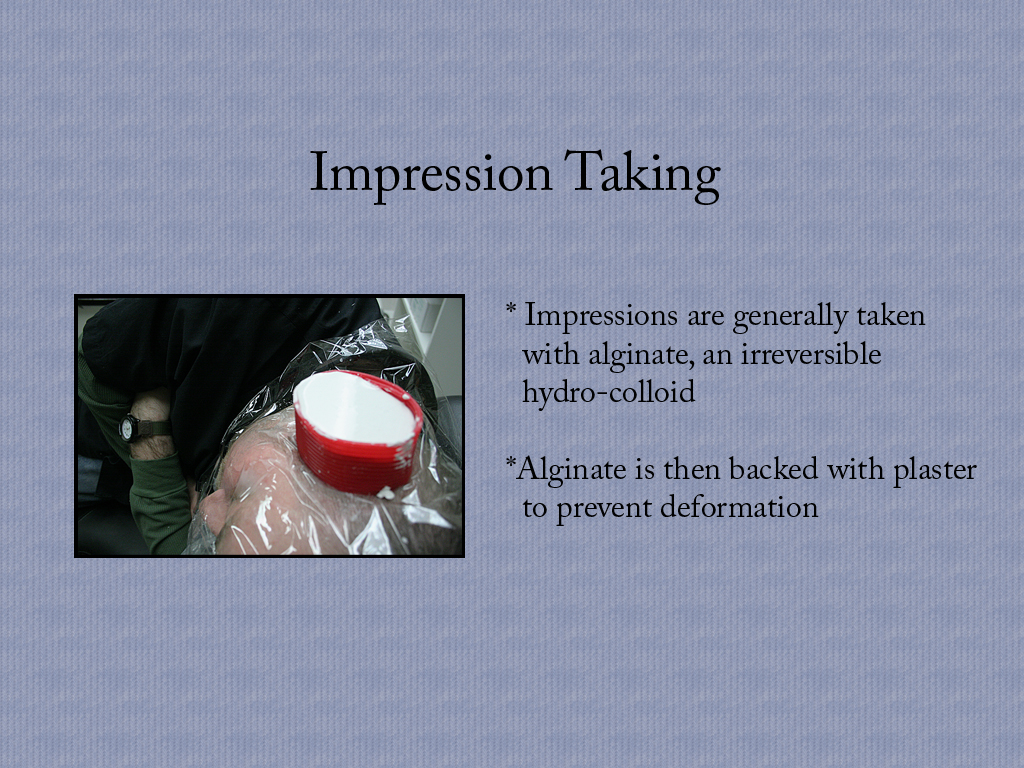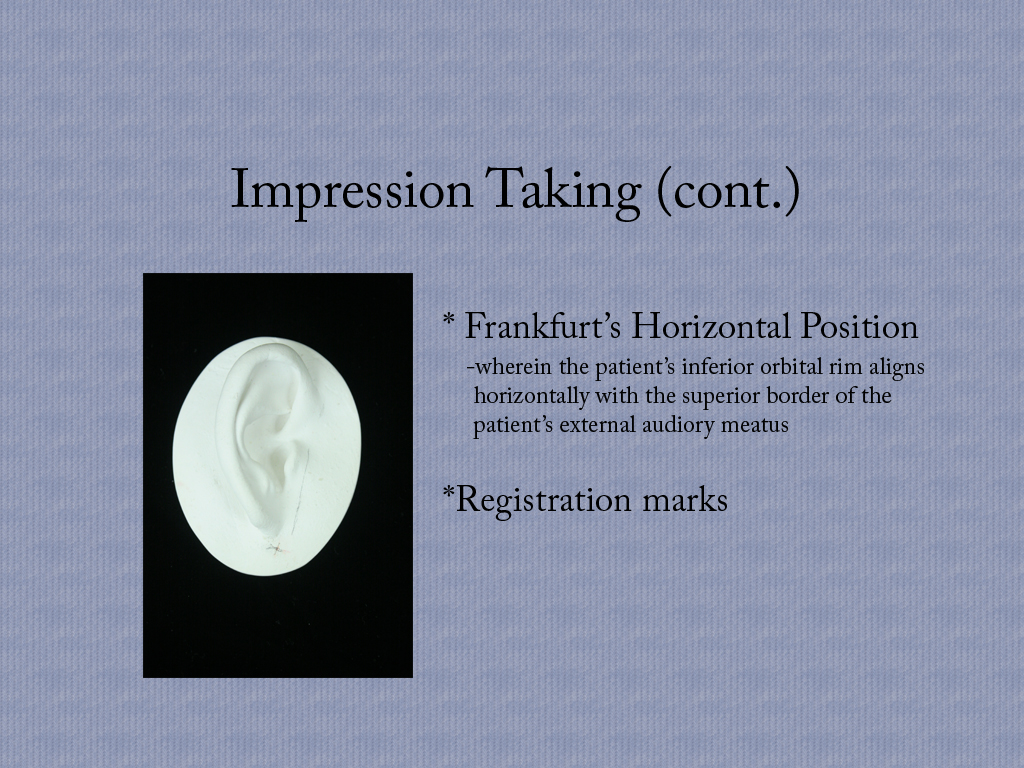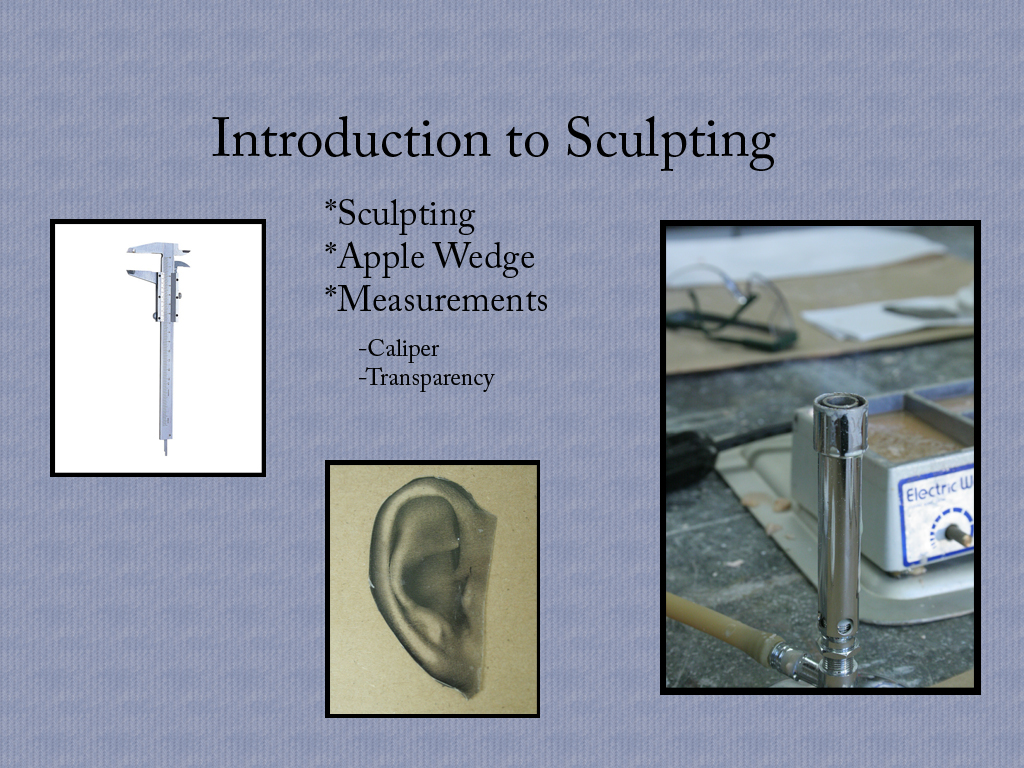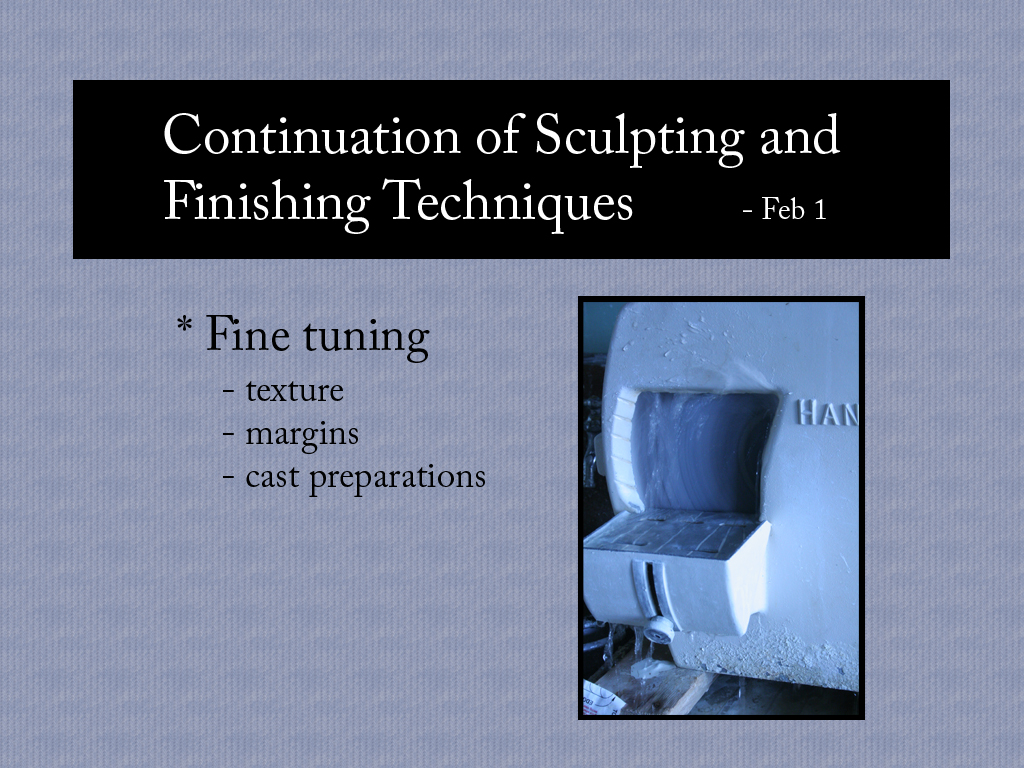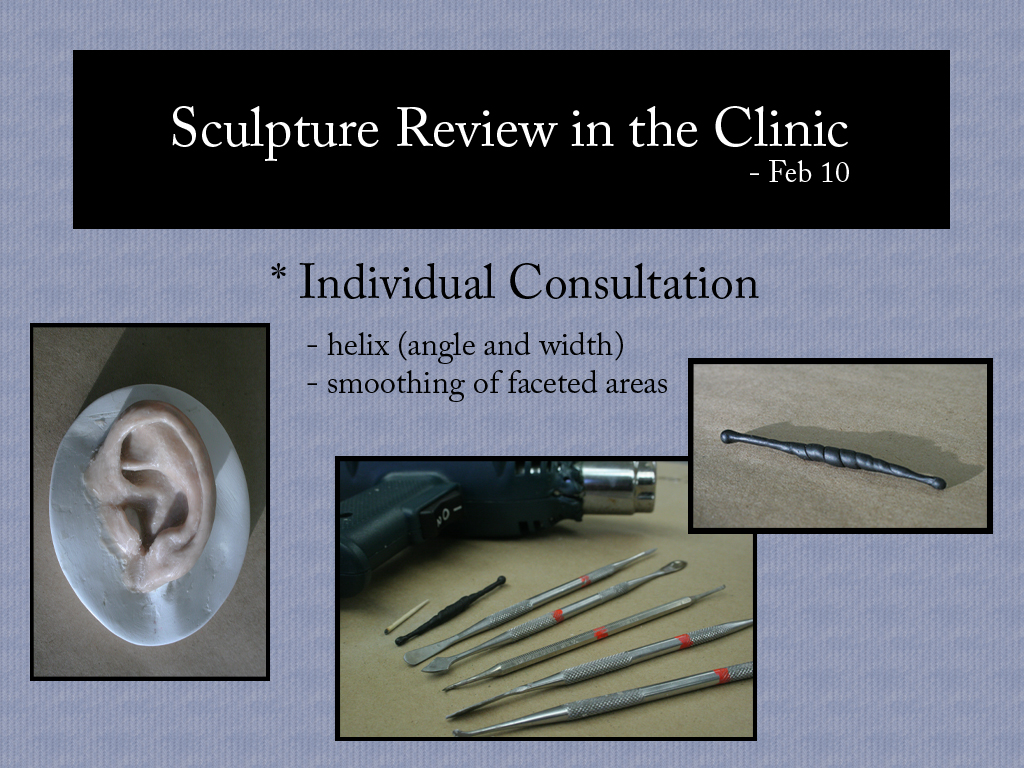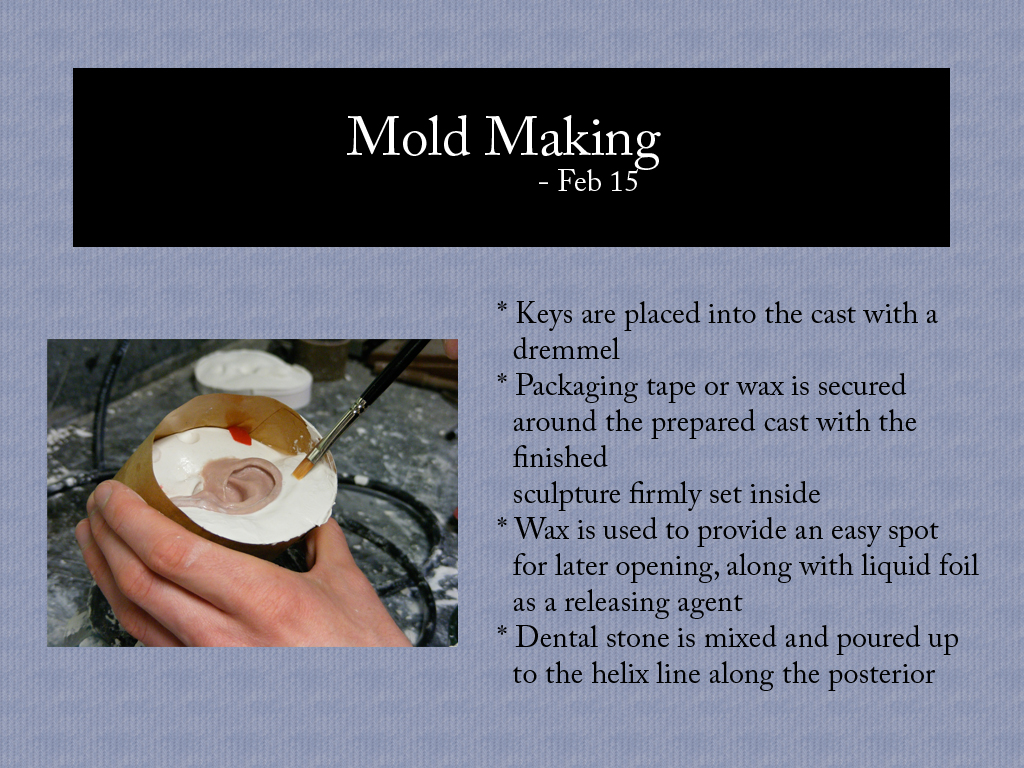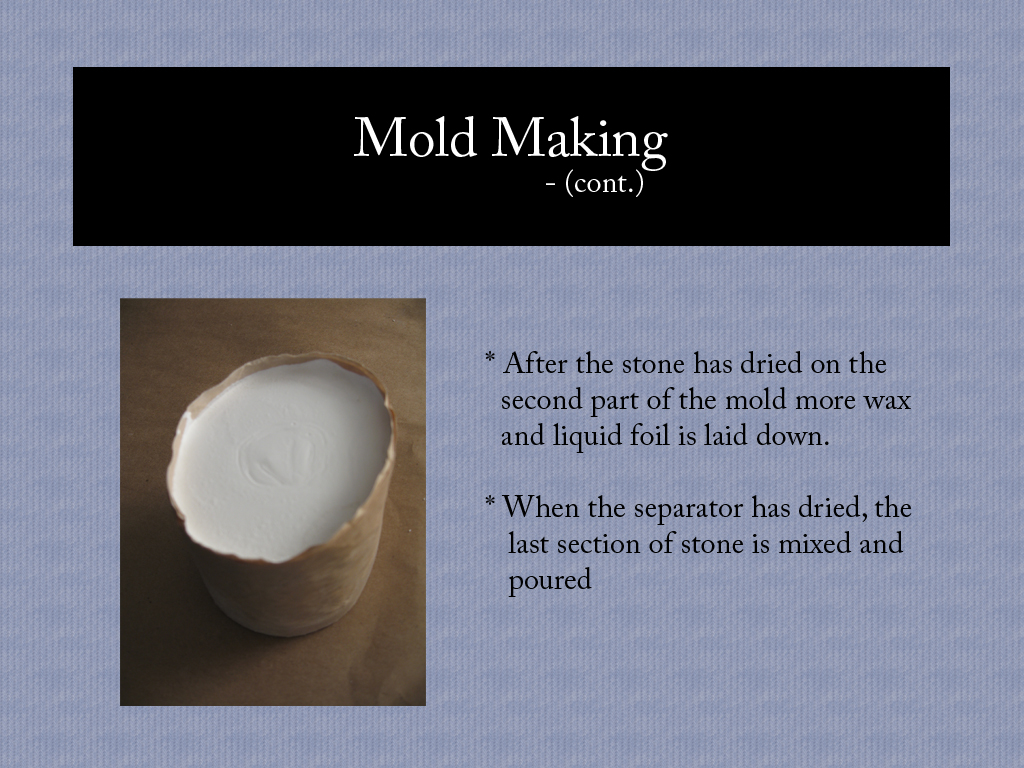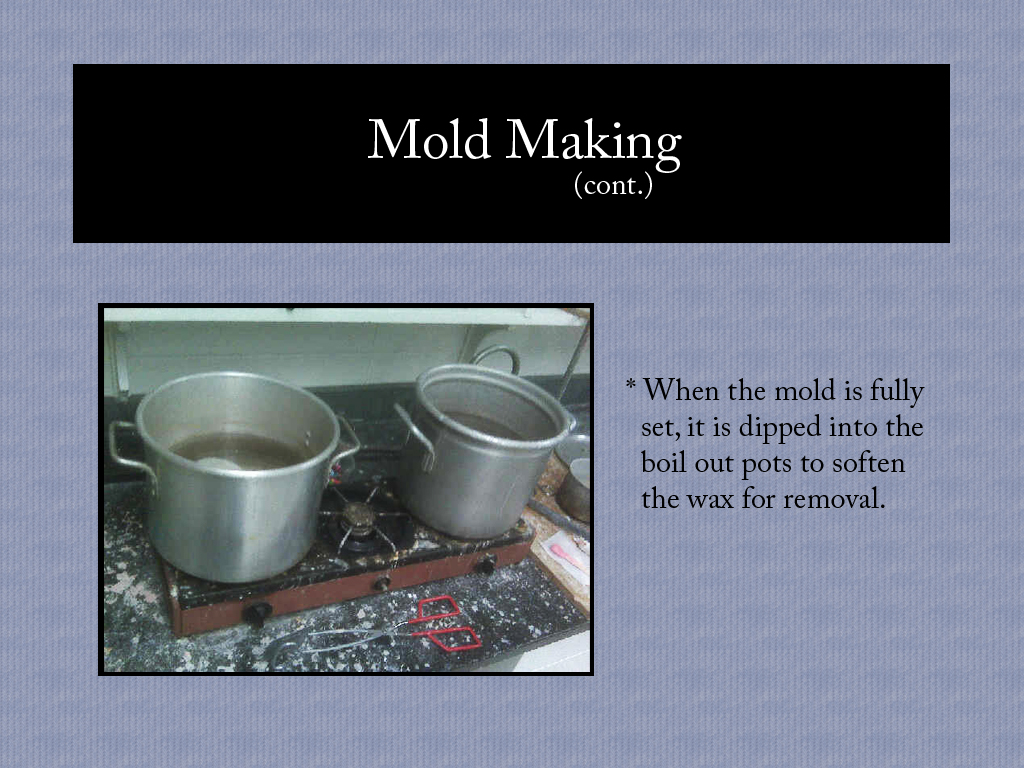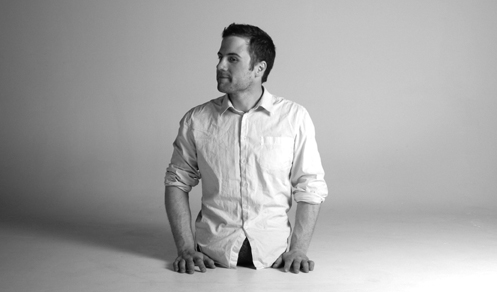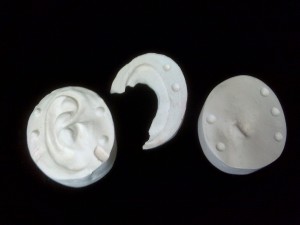Archive for the ‘prosthetics’ tag
Prosthetics and 3D Printers
(photo grabbed from 3D Printer’s coverage of this story http://www.3dprinter.net/makerbot-3d-printers-accelerate-distribution-of-robohand)
This is a story about about a puppeteer and a carpenter teaming up to create a 3D printable prosthetic robotic hand. It started with carpenter Richard Van, who lost fingers and went searching for a solution. He found puppeteer Ivan Owen online who specializes in awesome robotic puppet hands. Add Makerbot to the equation, who donated their Replicator 2, 3D printer to them, and things really got going. Now these two are in the news for creating their functional Robohand using inexpensive materials and fitting them to children in need. What’s more awesome still is that they’re making their work accessible to anyone who wants to download the files to a 3-D printer on a site called Thingverse. (link- http://www.thingiverse.com/thing:44150)
It is advised that anyone wanting to try this technology consult with an orthopedic doctor or similar expert to ensure the proper attention to fitting. It’s also something that requires assembly after printing. But all in all, it’s still a huge leap in prosthetic accessibility. I also have a personal fondness for seeing fields converge like this. Having started in sculpting with an instructor who had learned in collectible model making, and taking that knowledge into my studies of anaplastology and the making of those kinds of prostheses, the gap between similar fields has been readily apparent. It’s great to see those kinds of gaps bridged, and a bunch of kids get functionality back, and without breaking the family bank accounts even!
Bespoke
A couple years ago, a friend told me about Bespoke. She pointed them out to me because their goals so sounded like my own with regard to patient care. Last week, I was listening to TED talks online and came across one called “Scott Summit: Beautiful artificial limbs.” Sure enough, I come to realize that Scott Summit is behind Bespoke, a company that wasn’t ready to hire an anaplastologist when I contacted them, but I still have to say a company that seems to get it.
http://www.ted.com/talks/scott_summit_beautiful_artificial_limbs.html
If anything, I would have to say that the only thing these guys are missing is the option of a prosthesis which mimics the part that was lost accurately. For some, that’s the best solution. But that aside, I think that they are doing great work. They’re doing great work that I would like to see come in to the realm of prostheses that are made to be more accurate, or just prosthetics in general. So often in medical care of any kind, it seems to be the individual that is lost. These guys aren’t making that mistake. How refreshing!
The Clinical Practicum
So, if you’ve been reading along here you already know that I’m presently up in Dallas finishing up my clinical practicum, and thus the anaplastology track with UIC’s biomedical visualization graduate program. My internship has been here, with Medical Art Prosthetics, and I couldn’t be happier with the exposure I am getting here to new techniques and working with different patients.
So right inside this building, up on the 3rd floor is where the magic happens. People come in from all over Texas, and sometimes further for the quality prostheses created inside. In just the short time I have been here, I’ve already seen patients and been a part of problem solving for individual needs. I’ve learned new impression taking and transfer methods and worked with new pigments, and different types of molds than anything I’d worked with previously.
The clinic was originally founded by anaplastologist Greg Gion MMS, CCA. I have only had the opportunity to speak with him on the phone so far, as he is currently based in Wisconsin now, but I am very much looking forward to meeting him in Sarasota next week at the International Association of Anaplastology conference. As I understand it, this clinic was the first maxillofacial prosthetics facility to be owned and operated by a medical artist. And now he’s made it happen again with the newer clinic out in Wisconsin.
These days it is anaplastologist Allison Vest, MS, CCA who you will find at the Medical Art Prosthetics clinic though. She is the anaplastologist I have been primarily working with, and I learn something of value from her every time I go in there. Sometimes we talk about business and what goes in to running a private practice. Other times we talk about materials or different techniques. The last time I was in there, I got to open up a mold that I was particularly excited about. It was a complicated piece, but it worked! I’m so lucky to get to learn from her.
Also, working alongside Allison, Colette Shrader, MS, has been hard at work launching her own branch of Radiant Impressions, custom breast prostheses, as an alternative to surgical breast reconstruction. It’s fun seeing her again since meeting her through UIC in Chicago originally.
Also as part of my internship arrangement with Allison, I am doing an observationship with anaplastologist Suzanne Verma, MAMS over at Baylor College of Dentistry, here.
Suzanne is great. I came and visited her once before and had a great experience doing so. This time I’m still soaking in information right and left with her, but I’m also getting the chance to follow along with the care of a patient over time. I think that working with patients and trouble shooting individual difficulties and preferences is one of my favorite things about anaplastology.
All in all, this is proving to be a very valuable time in my training, and I feel fortunate to get to soak in so much exposure to various ways of doing things.
Anaplastology Class in Review
One of my classes from last semester wrapped up with a comprehensive Power Point presentation detailing the process we had gone through and what we had learned throughout the semester. I thought I would go ahead and share my slides here.
This was a condensed course wherein we went through the process of making a prosthetic ear with Rosie Seelaus.
We started the semester off with a silicone technology workshop with guest lecturer Leo Basil. This was a real treat for me, as I’d been giving a lot of thought to materials around that time. He spoke a lot about the four primary modifiers of a silicone; polymers, fillers, cross-linkers, and catalysts. Apparently the length of the individual polymer chains in a silicone directly affect the viscosity of the uncured silicone and final elasticity when it is cured. Longer chains create a more viscous fluid and more elastic final product whereas shorter chains will create a thinner solution which cures to be harder.
Your filler can be anything, and a silicone company is unlikely to tell you all their secrets here but it is another way to affect viscosity and thus elasticity. It’s also a common point in the recipe to play with things to increase tear strength, and colorstability, or affect the way the silicone reacts to water.
Your cross-linker is used to harden the polymer material. It literally adds links between molecules. So if you use a lot of it, you wind up with something very hard and brittle because you’ve taken out all the give. Now the cross-linker is the part that is often called the catalyst these days. I’ll discuss that further in the next paragraph.
Now discussing the catalyst gets a little confusing. From what I understand, this is the part that traditionally was added in to set off the reaction, as the definition of the word catalyst would lead you to believe. It can either be platinum or tin, though platinum based products are vastly preferred. Tin based silicones have a bad reputation, because many people working with them have sensitized over time and suffered some bad reactions to them. That history has led many people to upgrade to platinum based silicones, and it has also led silicone companies to predominantly change the way they sell these products. These days the catalyst is actually a part of the uncured silicone when it comes to a clinic or workshop, and it’s the cross-linker that gets added as a catalyst, and often referred to as catalyst. But when silicone manufacturers talk about the catalyst they mean the platinum or tin aspect. Anyway, platinum is the better one. It’s more expensive, but it’s better for the health of the people working with it, and it’s also better for accuracy. Tin based silicones shrink ever so slightly because molecules are lost in the curing process. It’s not very noticeable in the reproduction of an ear, but I am told that in larger pieces it does become noticeable.
There was more to the workshop than that, but if you can understand that, you’re on a good start to understanding silicone.
So the next time we got together was our first official class with Rosie.
The bases featured above are meant to represent the anatomy of a patient. The idea is that if you were sculpting a prosthetic ear for someone, you would need to tailor the piece to fit patient. Because patients who come in for a prosthetic ear already have some anatomy in place , an anaplastologist would have to design the prosthesis around that individual anatomy.
Impression taking is how we get those bases of the patient’s anatomy, and in this photo, we are also using it to take an impression of a fully formed ear. If a patient is missing one ear, but has another one, this is how that other ear would be captured so that a match might be sculpted. After the impression is taken, a cast can be poured.
Frankfurt’s horizontal position is an agreed upon positioning of the patient’s head meant to help an anaplastologist maintain orientation while working on a prosthetic ear as to just how it will sit on the base. The idea is that you put the patient into this position, and then you put the registration marks onto their skin. The marks get picked up in the impression, and even transfers one more time into the final cast. By then you’ll probably want to darken them, but the idea is that you have a guide with which to orient yourself.
We got into a discussion of materials that day as well.
Fast set plaster has especially fine particles. It is a really weak stone. Gypsum has been refined to produce a harder denser stone. And dental stone is harder still, but wait there’s more! We have improved dental stone to top the regular stuff! And then there is fuji rock which is a finely milled, very dense, very hard stone.
Then in the wax family, we have baseplate wax. This stuff is fairly hard and very pink. It’s a standard in the creating of dentures and I think that’s how it became such a standard in the anaplastology field. Beeswax is softer, and more of a natural color. I’d actually like to work with this stuff some more. I like materials I can manipulate with my hands, and beeswax is soft enough to allow for that. Boxing wax is also soft, but it’s primary use is for boxing in plaster or stone. You can see it being used in the impression taking slide from before. It’s bright red, and yes it will stain your fingers if you keep playing with it. It comes in handy sheets though, so it is very easy to wrap it around a base or create a confined area for work. And then I think we all have some sense of what clay is. For the purposes of our class, we actually used a blend of clay and baseplate wax.
For the introduction to sculpting, attention to measurements was really emphasized. The tool you see on the left up there is a caliper. Attention to detail at this point when you are first laying down wax will save you time later. If you can establish size and an outline, and match the projection of your model ear, then you can go back in and create the inner contours. The wax shape alone without detail is sometimes called an apple wedge. You’ll notice I also have a transparency up there. This is a great tool, because it allows you to flip the image to see the contours as you will sculpt them in your match. All of this is done with hot wax and some metal tools at this point.
Here I’ve included the ear labeling assignment. I did it first with Photoshop and then was asked to go ahead and do it again in pencil, just for the practice of thinking about those shapes. I have a version of this in Power Point that doesn’t show the pencil side, but rather highlights each of the anatomical areas of the ear. But since this is all being viewed via the web, all those slides just seemed a tad exhaustive. And if you’re really interested, this is an image that I have up at a larger scale in another post anyways.
The image you see on this slide is of the model trimmer. This is really useful in getting those casts and bases level and with an even shape all around. Other fine tuning elements include final texturing you may decide to do to the sculpture itself. For instance you might dimple the wax with an old toothbrush. This breaks up the way light hits it, so it reduces shine, and just provides a little more realistic of a texture. It is also really important to establish a good anterior margin. You want this to be thin, and easy for the patient to smooth down against their skin. It is best to avoid straight lines as well, as these will catch the eye. Instead, you’re aiming for something that will blend as seamlessly as possible.
We met in the clinic one day to look at our individual sculptures and get some feedback before it was time to set these in stone. There was a lot of talk about the tools we had available to us. In my particular case I was having a problem with smoothing out the areas in the tighter spaces. None of the tools in our lab were quite getting in there. There is a tool that is kept in the clinic that is good for that but I wasn’t able to stick around and take advantage of that after our consultations, so I wound up making that tool that you see featured up on the right there. It’s part paperclip and part super sculpey, baked hard. But I think even more useful than that was the little toothpick you see in the larger picture just before the heat gun. It’s amazing how helpful a burnished toothpick can be in sculpting. I learned that one from Ian Coulter, and it just keeps coming in handy.
Once the sculpture is done, and the cast is clean, you can start making the mold. For our purposes we used a three-part mold.
As you can see, you wind up with this nice compact little cylinder.
This is where you hope you’ve done your work well, because the wax sculpture that you put so much effort into is about to get melted. We use two pots for the boil out so that if the first gets dirty, you still have a second pot to remove excess wax residue. It’s really important to get all the wax off from the molds because any residue left behind could inhibit your silicone later and keep your final prosthesis from curing. You also don’t want to leave your mold in boiling water so long that it starts breaking down either. As with most things, you’re looking for that happy balance.
To do this right, you want to mix up a series of colors, not just one. This allows you to mimic the way skin is made up of lots of colors (much like the subsurface scattering modifier in 3DsMax, for those of you who work with that), and also create the illusion of depth in certain areas where appropriate.
The silicone colors are stippled into the mold, and then the whole thing gets clamped and placed in a warm oven. We did this in layers, starting with the red glaze and oven curing in between to keep the colors from mixing and in place where painted. Unfortunately we all had some trouble with the development of air bubbles at this point. There are various strategies to get around this, so there is hope for next time. And one thing that Rosie mentioned which I found interesting was that you often get more bubbles when you oven cure your layers rather than leaving them to bench cure overnight. Obviously leaving every layer to cure overnight makes the whole process take a lot longer, but if you’ve read my documentation of mold making at home with Ian, you might have caught my mention of the difference in the air bubbles between the side of that rubber silicone mold that took over a day to cure, and the second half that I sped up by adding a little extra catalyst to the mix. It’s the added time that allows the air to escape.
Once all layers are in place, the rest is filled with the base color, and the mold gets clamped shut. In my case, I had the problem of my mold breaking under the weight of the clamp. Some of my other classmates had the same problem. I am pretty sure we were using the wrong batch of stone in the lab.
First scissors, then dremmel. The dremmel part works better when you don’t have any air bubbles, but this was a learning process.
When all is said and cured, trimmed and awesome, you get a chance to look at it and ask yourself if it needs a little more color in this spot or that. These are the little touches you can add on with extrinsic coloring. It’s best to have things as close to perfect as possible intrinsically though, because it’s the extrinsic layer that takes the most day to day damage from the world. It’s like the difference between silver painted jewelry and actual silver jewelry. No one wants their ring to get old and worn and start showing copper underneath.
The extrinsic colors are mixed with Medical Adhesive, and painted directly on to the prosthesis. Medical Adhesive, or Med-A as it is often called, is actually a tin based silicone. I think it is more widely accepted than other tin based silicones because it cures just by virtue of being left out in open air. That certainly makes it more convenient anyways. I’ve heard that it can be an irritant to people working with it, but it certainly doesn’t have the bad reputation that other tin based silicones have, and it is widely in use across clinics. In fact a lot of the people who work with it in clinics will go so far as to use it for various household repairs. I wish I could report on what makes this stuff okay, and not the other, but the truth is I don’t know. Maybe it’s just as bad and we simply use it in such small quantities that it doesn’t cause the same problems. Or maybe someone has done something brilliant and one of you fine readers will tell me all about it.
So there is my final prosthetic ear from this semester. All in all I think it came out pretty well. The air bubbles are probably the greatest flaw, and I’m sure my ability to sculpt like that will improve with further experience. I got a little freckle and mole action in there that I was really happy with. I’m thinking that my success with those had a bit to do with having used so much flocking in that part of my mix. If you’re not familiar with flocking, it’s the fuzzy stuff they make pool tables out of and it makes a fun addition to silicone when you’re coloring. I hear it also helps to hold silicone in place before it’s cured, much like Thixo or an anti-slump additive would. My anterior margin isn’t quite as smooth as I would like it to be, but the overall form came out well. It is certainly the best prosthesis I have ever made.
The Open Prosthetics Project
A friend of mine sent me a couple of links last night…
The first, was written for Gizmodo by Aimee Mullins. “Is Choosing a Prosthesis So Different than Picking a Pair of Glasses?”
The second was a response article by Kevin Connolly posted at Boingboing. “Open Source Prosthetics”
Both speak to the expense of prosthetic limbs, and the difficulty of obtaining a quality prosthesis, let alone two, especially through standard insurance coverages. Aimee on the one hand, has taken the route of obtaining and trying out every new prosthetic technology available. In her own words…
“To be frank, since my teenage years, I have pursued each and every opportunity to be a guinea pig, trading the use of my body as a testing ground for new technologies for the privilege of using them. Not one pair of my legs is covered by insurance; not one pair of my legs is considered ‘medically necessary.’ ”
Kevin on the other hand, speaks of growing up with an interest in finding simple affordable solutions to his physical condition. In his own words…
“I remember always feeling a mix of awkwardness and obligation when I slid into the big, wobbly, pair of legs. The only element that kept me in prosthetics was the reminder from doctors, family, and therapists of the time and money they took to create.
At every possible opportunity, I would abandon the legs in favor of running on my hands — or later in life, using a skateboard. I found that the practicality and affordability of these two options allowed for more financial and logistic freedom for getting around the everyday world.”
I suppose the two articles represent a sense of designer work versus open source. So while Aimee brings attention to her Ossur legs and her Dorset legs, both fantastic designs in prosthetic limbs, Kevin brings attention to The Open Prosthetics Project, a more DIY approach to dealing with amputation or limb deficiency.
Personally, I hadn’t ever heard of this before, and I can’t help but feel a little excited about it. I’ve seen a lot of really good things come out of open source and DIY designs and I’m really interested to see what comes out of this.
**Just a quick edit here – I just learned that Aimee Mullins was interviewed on The Colbert Report, not even two weeks after this was written here. You can see the interview here…
http://www.colbertnation.com/the-colbert-report-videos/271372/april-15-2010/aimee-mullins
Making an Ear
Another project I’ve been working on lately has been to sculpt the ear of one of my classmates.
Last year we all took impressions of eachother’s ears using algenate.
The idea is to create a cast of one ear, and then use that cast to create a match for the other side. In anaplastology, this kind of scenario comes up often as a patient may have one good ear, and wish to receive a matching prosthesis for the other side.
The new ear is sculpted using a combination of base plate wax, clay, and a few crayons for coloring. I believe in most clinics models like this are made solely in wax. It is sculpted onto a base plate which is meant to mimic the anatomy of the patient’s head where the prosthesis will be worn.
Then just recently we finished off by pouring a plaster mold around the wax sculpture and boiling the wax out, to leave the plaster mold behind.
In another week or so, we will paint colored silicone into the mold and use it to create silicone versions of our wax sculptures.
It’ll be ears for everyone!
